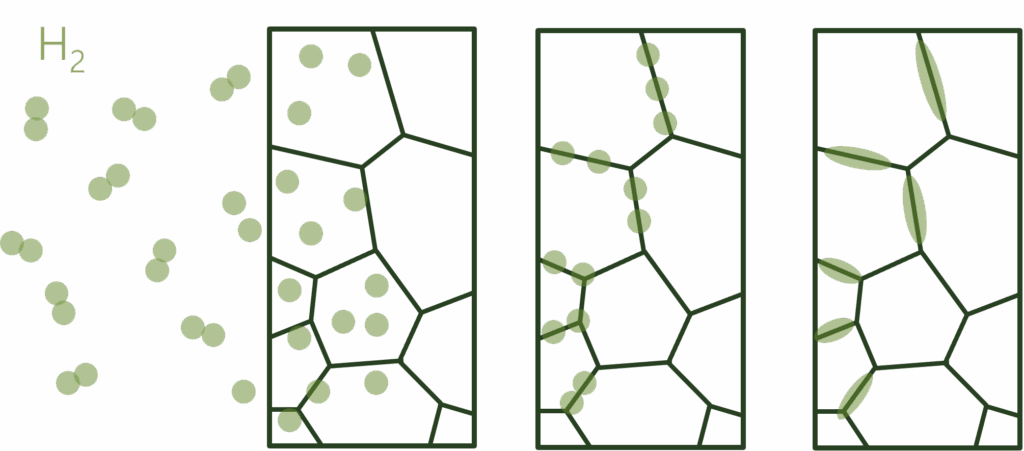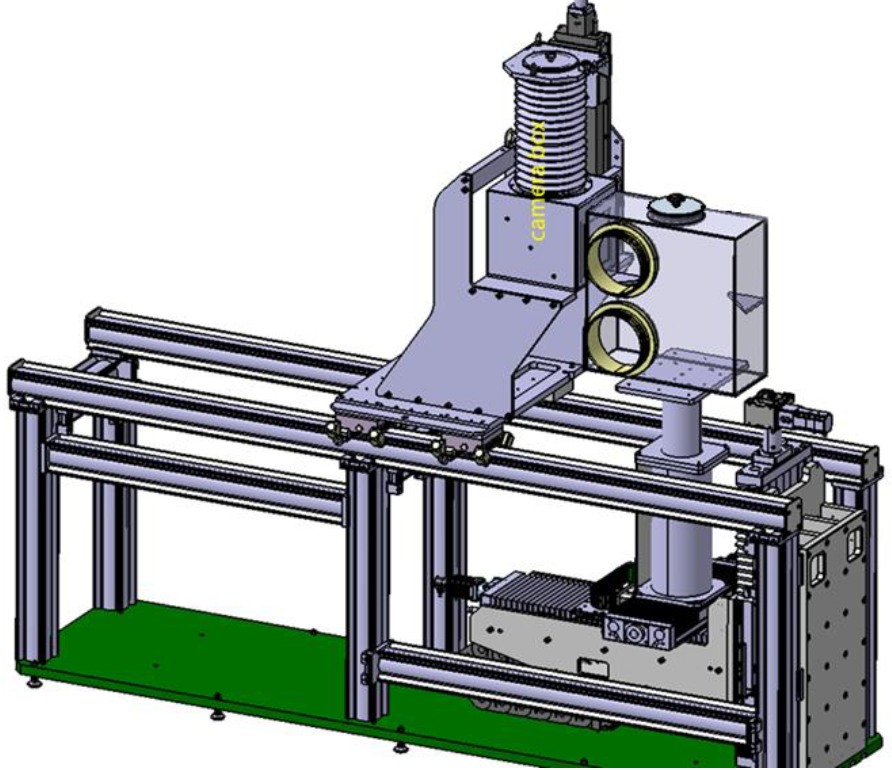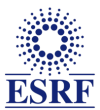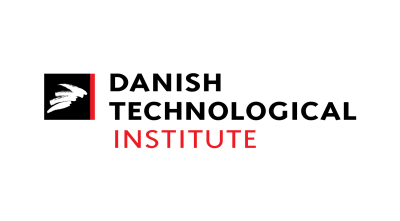About ACTNXT
About
ACTNXT
The ACTNXT Vision
To reach its climate neutrality goals Europe needs to rely heavily on Power-to-X (PtX) technologies to replace the many applications of fossil fuels that are not easily electrified. Many PtX technologies are still immature or not ready for deployments yet, highlighting the need for a sustained R&D effort in the field. Neutron- and X-ray sources can play a crucial role in this effort, however lack of key instrumentation is limiting the
current possibilities. For this reason, the European Union has funded the ACTNXT project under the HORIZON-INFRA-2024-TECH call. The project began with its kick-off meeting in March 2025 and will run for four years.
ACTNXT will upgrade the instrumentation at current neutron- and synchrotron sources (ESRF, ILL, PSI and CERIC) by the development of:
- Operando measurements of processes and flow inside PtX components
- Materials behavior under hydrogen exposure
- Reliable and high throughput investigation of novel materials
- Operando measurements of hazardous chemical reactions
The new instrumentation will be designed for broad adaptation as upgrades for many existing research instruments across Europe. Prototypes of all 4 instrumentation types will be constructed at leading research infrastructures and their capabilities tested and demonstrated.
These efforts are supplemented by a common knowledge platform addressing common challenges such as safety and planning of complicated experiments. During the project the consortium will have a very strong dialogue with the user communities to ensure that the developed instrumentation matches their needs and that it is ready to take full advantage of the instrumentation also after the end of the project.
Focus Areas
Operando multi modal studies of PtX component
This focus area is dedicated to the design, development, and validation of advanced test benches for operando, multi-modal studies of fuel cell and electrolyzer components at major research infrastructures. The aim is to create robust, portable, and user-friendly devices that meet both current and future scientific needs, supporting in-situ and accelerated ageing studies relevant to industry. Test benches will be engineered for compatibility with a wide range of neutron and X-ray instruments (ILL, PSI, ESRF), ensuring seamless integration and safe operation. Specifications are defined in close collaboration with RTOs and industry to maximize relevance and adaptability, including the use of off-the-shelf components and interfaces for rapid diagnostics. Cells provided by CEA and TNO will be used to validate the systems, and all technical documentation will be distributed to partners. Training will be provided to ensure effective operation and maintenance, supporting broad adoption and long-term scientific impact.
As an example of operando study, the video shows the water distribution inside a proton exchange membrane fuel cell stack.
Materials under hydrogen exposure
This focus area aims to develop advanced instrumentation for in-situ studies of materials exposed to hydrogen under varying pressures and temperatures. The goal is to address challenges such as hydrogen embrittlement and permeability by enabling comprehensive chemical and structural analysis from atomic to macroscopic scales. Custom high-pressure cells will be designed for use with both synchrotron and neutron techniques, supporting detailed investigations of bulk and surface properties. Techniques like grazing-incidence small-angle X-ray scattering and photoelectron spectroscopy at CERIC, as well as neutron imaging at PSI and ESS, will allow precise localization of changes in materials. The instrumentation will be compatible with a range of facilities and adaptable to high-energy X-ray techniques at ESRF. Throughout the project, stakeholders will provide requirements, and demonstration experiments will ensure broad applicability. All results and technical specifications will be shared openly to support wide adoption by the research and industrial community.
The figure shows an Illustration of the HE process

High throughput workflows for rapid characterization of materials for hydrogen economy
This focus area targets the development of integrated instrumentation and data pipelines for rapid characterization of materials central to the hydrogen economy. By combining ex-situ, in-situ, and operando approaches, the goal is to enable high-throughput, AI-assisted workflows for accelerated discovery and stress testing of catalysts, electrolytes, and electrode assemblies. Key techniques include X-ray diffraction, small angle X-ray scattering, X-ray absorption spectroscopy, and neutron imaging, implemented at leading research facilities (ESRF, PSI, CERIC). The workflows will feature automated sample handling, standardized preparation routines, and advanced data processing and analysis, ensuring interoperability across instruments. Use cases from both research and industry will guide the process, ensuring relevance and practical impact. The resulting workflows will significantly speed up materials development, with all protocols and tools made available for widespread adoption.

Neutron instrumentation for analysis of reactive and hazardous materials for (electro-)chemical reactions
This focus area is dedicated to developing advanced instrumentation for neutron imaging analysis of reactive and hazardous materials, extending applications beyond fuel cells and electrolyzers to include catalyst design, hydrogenation reactors, storage materials, and liquid organic hydrogen carriers. The first phase targets enhancing the capabilities of current neutron imaging beamlines at PSI, with a strong emphasis on the design and integration of in-line gloveboxes for safe handling of sensitive substances. Building on user experience, these gloveboxes will provide clean, controlled environments for complex experiments. The long-term objective is to conceptualize a dedicated chemical neutron imaging beamline equipped for advanced chemical and electrochemical studies, with robust safety features. The results and designs will be made publicly available to maximize impact and facilitate broad adoption within the research community.
The figure shows a preliminary drawing of a neutron imaging beam line end stage with in-line glove box. The glove box will contain the sample stages and required chemical infrastructure. For simplicity, the sample positioning stages inside the glovebox and the chemical infrastructure required for the experiments are not shown.

Project Public Deliverables
This section provides access to the public deliverables of this research project. The deliverables encompass project components including governance structures, methodological frameworks, risk assessment protocols, and dissemination strategies.
Fourteen Partners From Ten Countries
The ACTNXT consortium is coordinated by the Danish Technological Institute’s (DTI) and centered around leading neutron and synchrotron facilities (PSI, ESRF, CERIC, ILL). These partners provide the backbone for developing and commissioning advanced instrumentation dedicated to PtX technologies. University partners (UCPH, TU Darmstadt) offer key supplementary knowledge in digital modeling and materials science. RTOs (DTI, CEA, TNO, EMPA) contribute with an extensive experience in PtX research, development and industrial collaboration. Industrial partners, including both SMEs and major companies, supply end-user perspectives and critical test samples. This integrated approach ensures that new instrumentation is robustly developed and broadly adopted.














